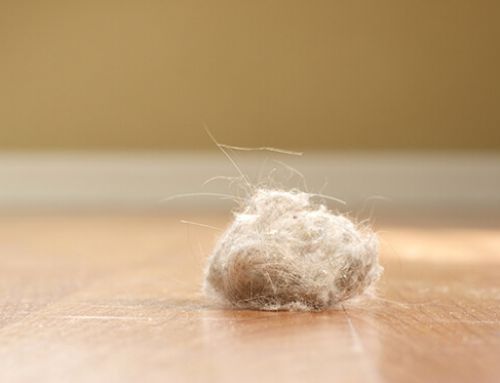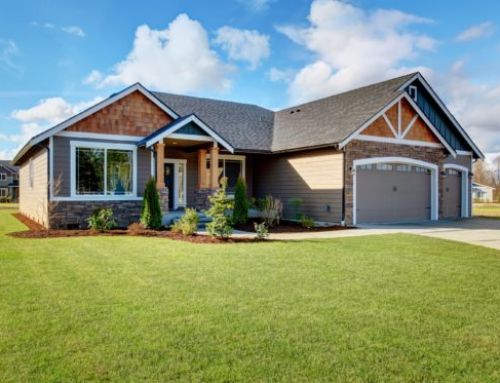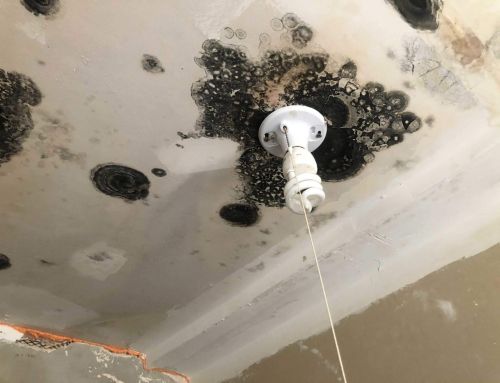Excess moisture can cause problems like mold growth, musty odors, and even structural damage. Dehumidifiers play a central role in maintaining indoor air quality and comfort by removing excess moisture. With various types and models available on the market, choosing the right dehumidifier for your home can be overwhelming. This comprehensive guide will explore everything you need to know about choosing the perfect dehumidifier for your family’s needs.
Understanding Your Needs
Before delving into dehumidifiers, evaluating your unique dehumidification requirements is crucial. Consider factors like the size of your space, the severity of moisture issues, and the climate in your region.
Understanding these factors will help you narrow your options and make an informed decision. For example, homes in humid areas may need stronger dehumidification solutions than those in drier regions.
Additionally, identify the areas of your home most prone to moisture buildup, such as basements, bathrooms, or laundry rooms. These spaces will likely influence your dehumidifier selection.
Types of Dehumidifiers
There are several types of dehumidifiers available on the market, each with its own set of features and capabilities:
- Refrigerant dehumidifiers are ideal for general use and are available in various sizes to suit different room sizes.
- Desiccant dehumidifiers are better suited for colder temperatures and are often more energy efficient.
- Whole-house dehumidifiers are integrated into your HVAC system and provide comprehensive moisture control throughout your home.
Capacity and Coverage
When picking out a dehumidifier, it’s crucial to focus on two main things—how much moisture it can handle and how big of an area it can cover. A dehumidifier’s capacity tells you how many pints of moisture it can remove from the air each day.
Choose an appropriately sized dehumidifier for the room you want to dehumidify. Larger rooms or places with lots of humidity require dehumidifiers with higher capacity. An undersized unit may struggle to effectively remove moisture from the air, while an oversized one may consume excess energy.
Calculate the square footage of the area you intend to dehumidify to determine the right size dehumidifier for your space. Then, refer to the manufacturer’s sizing guidelines, which typically recommend specific capacities based on square footage ranges. Also, consider factors like ceiling height, insulation, and the presence of moisture sources when sizing your dehumidifier.
Features and Functions
Modern dehumidifiers are equipped with a range of features to improve their performance and usability. These include adjustable humidity settings, automatic shut-off, continuous drainage options, and built-in air filters.
Some models even offer additional functions like air purification and programmable timers. Consider which features are essential for your needs and choose a dehumidifier that provides the right combination of functionality.
Humidity Control
Look for a dehumidifier with adjustable humidity settings, allowing you to set your desired humidity level. Some models also feature built-in hygrometers to monitor humidity levels automatically.
Portability
Consider the portability of the dehumidifier, especially if you plan to move it between rooms frequently. Look for models with built-in handles and wheels for easy mobility.
Drainage Options
Decide whether you prefer a dehumidifier with a built-in reservoir that requires manual emptying or one with continuous drainage options, such as a hose connection or pump.
Additional Features
Think about extra features like an auto-defrost function for use in colder environments, an auto-restart function in case of power outages, and washable or replaceable air filters for easier maintenance.
Maintenance and Care
Ask about maintenance tasks like cleaning, replacing, and the drainage system. Regular maintenance is crucial to keep your dehumidifier working well. Look for models with easy-to-clean filters and accessible water reservoirs. Also, follow the manufacturer’s instructions for cleaning and servicing to ensure your dehumidifier lasts longer and works its best.
Don’t forget about noise levels and maintenance needs when choosing a dehumidifier. Consider where you plan to place the unit and whether noise levels may be a concern, especially if you intend to use it in living or sleeping areas.
Energy Efficiency
Think about energy efficiency when picking a dehumidifier. Look for ones with an ENERGY STAR rating, showing they meet strict U.S. Environmental Protection Agency guidelines. They use less energy and can save you money without sacrificing effectiveness. Check the unit’s power usage and overall costs to make sure they fit your budget and environmental goals.
Selecting the right dehumidifier for your home is crucial for maintaining a healthy indoor environment and protecting your property from moisture-related issues. Consider factors like size, features, and energy efficiency when deciding. With the right dehumidifier, you’ll enjoy peace of mind knowing your home is better protected from potential moisture problems.
If you haven’t purchased a dehumidifier yet, don’t worry. Pur360 offers practical solutions to tackle moisture-related problems in your home. Our services include mold remediation, odor removal, and ultraviolet sanitization to create a healthier indoor environment. We can address existing issues and prevent future ones, even without a dehumidifier.



